Latin America
Related: About this forumWho Made Peru's Wari Pottery?
Friday, March 17, 2023
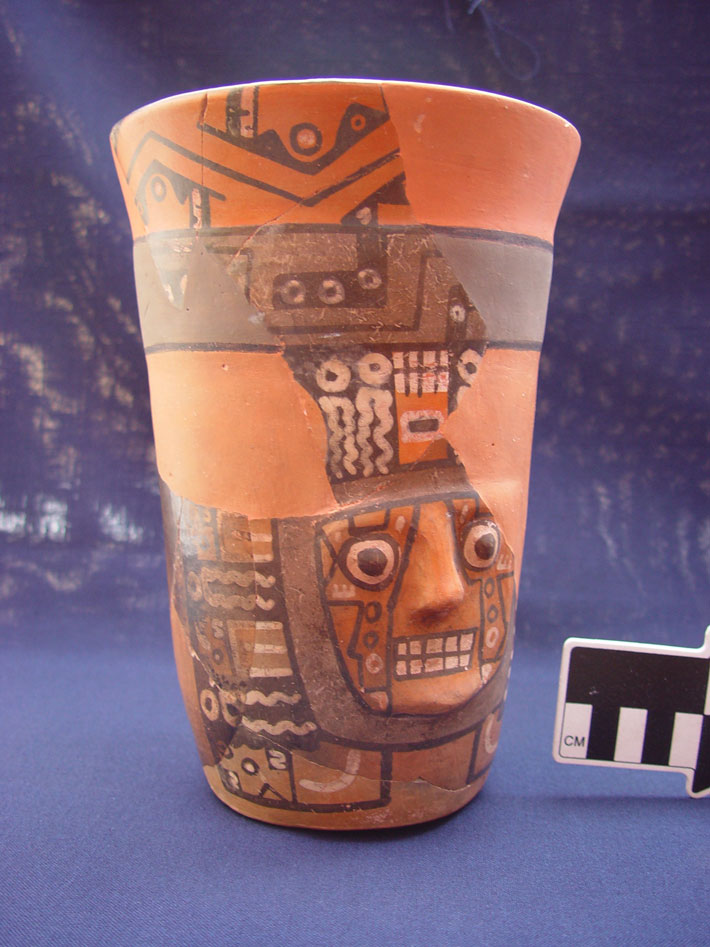
Peru Wari Vessel(Courtesy Cerro Baúl Archaeological Project/Photo by P. R. Williams, Catalog number CB-V001)
CHICAGO, ILLINOIS—According to a statement released by the Field Museum, researchers led by M. Elizabeth Grávalos and Patrick Ryan Williams analyzed the chemical makeup of ceramics unearthed at different sites in the Wari Empire, which covered more than 1,000 miles over the Andes Mountains and the coast of Peru from A.D. 600 to 1000. The scientists wanted to determine if areas colonized by the Wari Empire imported ceramics from the Wari capital, or if the local potters continued to produce their own wares. The results of the study suggest that in some areas of the empire, Wari colonists had their own production centers and recreated traditional Wari-style pottery in new locations. In other areas, local potters made Wari-style pottery in their own way, blending Wari style with local traditions. “Local production, even in a cosmopolitan society with lots of far-flung connections, makes a society more resilient,” Williams said. “If you’re entirely dependent on someone far away sending you things you need, you’re extremely vulnerable,” he concluded.
https://www.archaeology.org/news/11291-230317-peru-wari-pottery
~ ~ ~
15 March 2023 / Matthew Agius
Forget the Inca, this was Peru’s first major empire, and thanks to ancient pottery we know how powerful it was
Paint It, Black.
Ancient pottery has revealed the reach of the Wari empire, which was prominent in modern-day Peru between the seventh and eleventh centuries.
The groups that existed amid this empire used a material rather than written culture, so their art and objects provide archaeologists with the best glimpse into their unique history.
Now new research from several collaborating US institutions has shed light on the reach of the Wari through an unusual material: pigment.
“People sometimes think of the Inca as the first big empire in South America, but the Wari came first,” explains Luis Muro Ynoñán from the Field Museum of Natural History in Chicago.
“Since they didn’t use writing… things like pottery would have been an important means for conveying social and political messages. The visual impact of these objects would have been super powerful.”
More:
https://cosmosmagazine.com/history/ancient-peruvian-empire-pottery-pigment/
~ ~ ~
Bowl, Mythic Figures
Wari
6th–9th century
![]()
During the second half of the first millennium A.D., the Wari peoples, centered in the Ayacucho region, dominated the south-central Andes. They interacted with contemporary peoples in far-flung areas such as the powerful city of Tiwanaku in present-day Bolivia and the peoples of the Nazca region on the southern coast of Peru. The nature of Wari's relationship with these and other peoples is still unclear, but their influence on Wari art is undisputed. While the shape of this vessel and the painting style—vivid slip paints of red, purple, yellow, gray, and white and the use of thick black outline—follows a long-standing southern coast tradition, its religious imagery is found on major stone monuments at Tiwanaku. The outer surface of the straight-sided bowl is divided into four panels; two are decorated with the square face of an abstract supernatural. It has a rayed headdress resembling Tiwanaku's principal deity. The fangs and split white and black eyes are characteristic Wari features. The two other panels show the profile bird head with a prominent curved beak; the heads are framed by a U-shape from which alternating bird heads and stylized plants, perhaps corn, emanate.
https://www.metmuseum.org/art/collection/search/312607
~ ~ ~
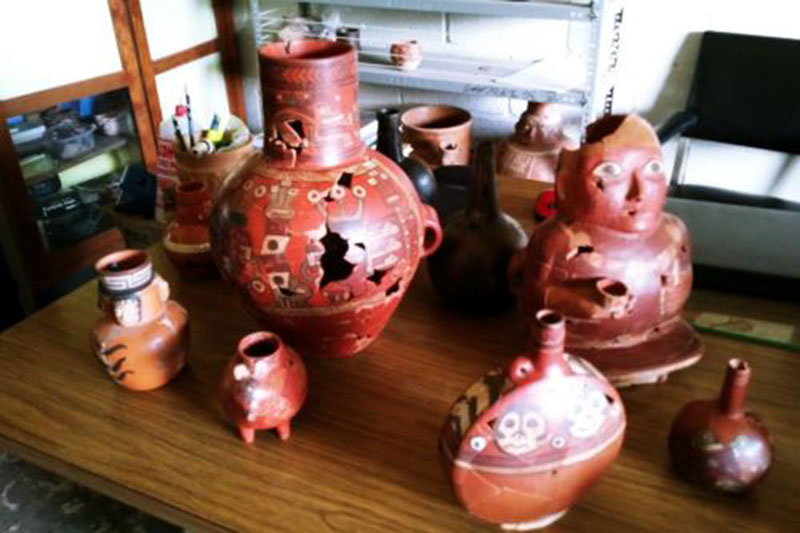
Study of Wari civilization ceramics in Peru reveal its origins
Dozens of restored ceramics link it to Nazca and Huarpa24 May 2019by Archaeology Newsroom A A A
The Wari archaeological complex in Ayacucho has yielded several ceramic pieces which offer an insight into the civilization’s origin. The site is located 25 km northeast of the Ayacucho City in the Andes.
Lead researcher at Wari complex Jose Ochatoma, an archaeologist at San Cristobal de Huamanga University, said 45 ceramics have been restored and studied. Research has shown that the origin of Wari is linked to the Nazca and Huarpa cultures. As is indicated by the figures the ceramics bear, namely representations of coastal animals and sea creatures, are similar to those in the iconography of the Nazca culture.
Thus researchers believe that the Wari were not influenced by Nazca and Tiahuanaco cultures, as it has been thought. They were first influenced by the Nazca culture and then the Tiahuanaco.
Restoring the ceramics has not been an easy task. The Wari used them in rituals where they were deliberately destroyed, so archaeologists could not always restore them to their original state. The stones used to break the ceramics have been also found.
The process of restoring the ceramics takes great time and effort but the results have so far been rewarding for researchers.
More:
https://www.archaeology.wiki/blog/2019/05/24/study-of-wari-civilization-ceramics-in-peru-reveal-its-origins/
~ ~ ~
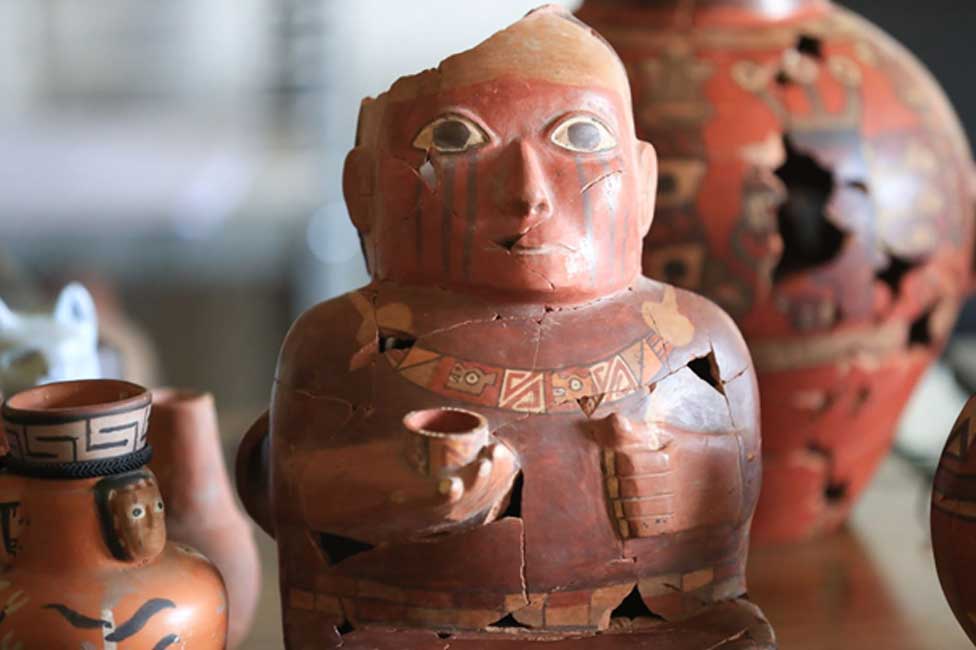
UPDATED 22 MAY, 2019 - 13:57 ED WHELAN
Study of Ceramics Provides New Thinking on Origins of First Peruvian Empire
The Andean nation of Peru has been the home of many important pre-Columbian societies. But their origins and development still holds many questions. Now a number of ceramic pieces are throwing light onto the first pre-Columbian cultures in the area, one which laid the foundation for future empires, such as the Wari and the Inca. The ceramics are providing unprecedented insights into the evolution of the Wari Empire and have revealed the importance of the earlier Huarpa culture in its development.
The stylized clay pottery was found at a site, called Wari, in the Ayacucho Valley, in the highlands of Peru. The archaeological site is located some 16 miles (24km) northeast of the modern regional capital, also called Ayacucho. According to the Expreso, this site is considered to be ‘the capital of this complex and well-organized pre-Hispanic civilization (600 AD-1,200 AD)’.
The Wari Empire
The Wari were an agricultural people whose development of terrace agriculture , allowed them to become the first state in the region from 600 AD – 1200 AD, before the Inca. They established an informal empire over an area that covers much of modern Peru by establishing colonies and using ritual ceremonies to ensure the obedience of other cultures. The Wari culture collapsed after a period of drought and many of its sites appear to have been ritually destroyed by the inhabitants.
Some 45 pieces of pained clay pottery were unearthed at the site in the valley. Many had to be painstakingly pieced together because of the Wari practice of breaking ceramics. The ceramics found at the Wari complex were examined by archaeologists from the San Cristobal de Huamanga University. The decorative elements in the pottery ‘include representations of coastal animals and marine products (seaweed, fish, octopus)’, according to the Archaeology News Network . They come from a variety of stages in the development of the Wari.
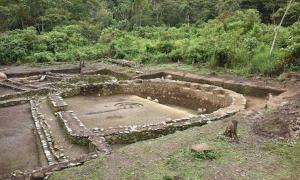
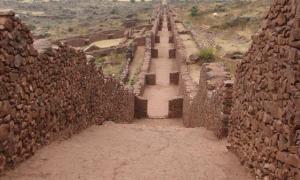
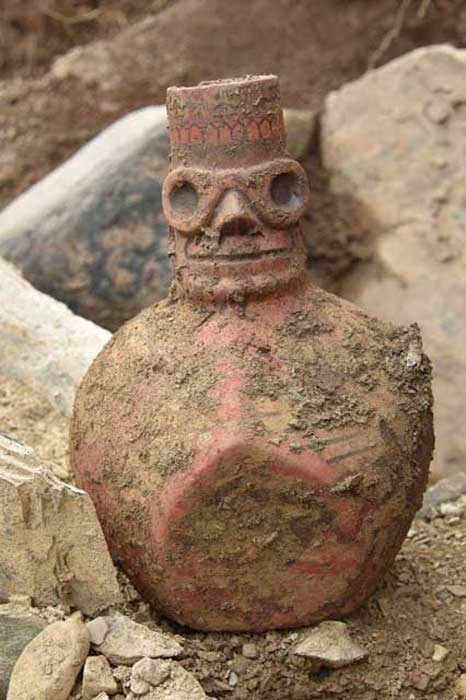
More:
https://www.ancient-origins.net/news-history-archaeology/wari-empire-0011942
Bayard
(22,011 posts)I love this kind of stuff. Thanks, Judy Lynn!
![]()
Judi Lynn
(160,452 posts)in the Americas with respect, isn't it?
As they are learning, once they get serious about the people who were here already before the Americas were "discovered," some of these civilizations are at least as old as early Egypt, while they've always been knocking themselves out investigating societies there and Greece and Italy, etc.
So much ahead to learn, and it's expanding continually, now they learn to get past their bigotry!
Thank you for taking the time, Bayard. ![]()
Judi Lynn
(160,452 posts)Forget the Inca, this was Peru’s first major empire, and thanks to ancient pottery we know how powerful it was
15 March 2023 / Matthew Agius
Paint It, Black.
Ancient pottery has revealed the reach of the Wari empire, which was prominent in modern-day Peru between the seventh and eleventh centuries.
The groups that existed amid this empire used a material rather than written culture, so their art and objects provide archaeologists with the best glimpse into their unique history.
Now new research from several collaborating US institutions has shed light on the reach of the Wari through an unusual material: pigment.
“People sometimes think of the Inca as the first big empire in South America, but the Wari came first,” explains Luis Muro Ynoñán from the Field Museum of Natural History in Chicago.
“Since they didn’t use writing… things like pottery would have been an important means for conveying social and political messages. The visual impact of these objects would have been super powerful.”
More:
https://cosmosmagazine.com/history/ancient-peruvian-empire-pottery-pigment/